Archaeological Series #2. The Archaeological Record.
My last entry on archaeology as a topic received some interest so I thought I would make another and if the interest continues it may become a series. **
Archaeological Data and the influences on what we find.
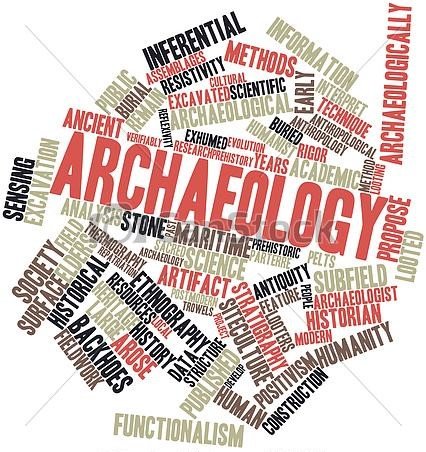
(stock image)
The other day one of my flat mates told me he didn’t understand why excavation directors needed to hire so many highly trained and educated experts when it seemed as though teams of skilled laborers would be just as effective. After some annoyance and explanation, he finally realized that excavations are more than just digging up the past and that the wide range of activities and types of object required an equally wide range of specialties and experience to obtain reliable information about the past. Hopefully this post can alleviate some misconceptions of the simplicity of archaeology and allow for those with little to no experience with the field to better understand the epistemological struggles involved with generating dependable results.
The data gathered and analyzed by archaeologists consists of what is known as the “archaeological record”. This record is much more complicated and involved than objects and structures buried in soil matrixes. It should be stressed that what is excavated is not a perfect representation of past ways of life; a concept also known as the ‘Pompeii Premise”. There are environmental factors and human decisions that affect both what is deposited and if it preserves long enough to be excavated. Most objects that are found were deposited as garbage and archaeology site are only sites because they were abandoned; this means that the clear majority of finds are not in their context of use or even form of use when uncovered.
The material something is made of is possibly the most influencing characteristic that determines whether it preserves long enough to be excavated. Organic materials are the least resistant to deterioration, though they require both water and oxygen to decompose which means that a complete lack of either inhibits decomposition. Inorganic materials vary greatly in their ability to resist degradation, metals do well in all except water inundated environments while stone preserves well in all conditions. In his book Formation Processes of the Archaeological Record Michael Schiffer provides a complete analysis of what effects organic and inorganic materials.
The next topics to be aware of are Cultural Formation Processes and Natural Formation Processes. Cultural Formation Processes are how the decisions and activities of the persons involved in the deposition effect what is preserved. These processes include burial practices, reusing items, and disturbance. Natural Formation Processes are natural events, both contemporary with and post deposition, that influence preservation. These range from weather patterns to animal activity to volcanism. These formation processes are what causes variability in the archaeological record, variability which then leads to questions that generate research.
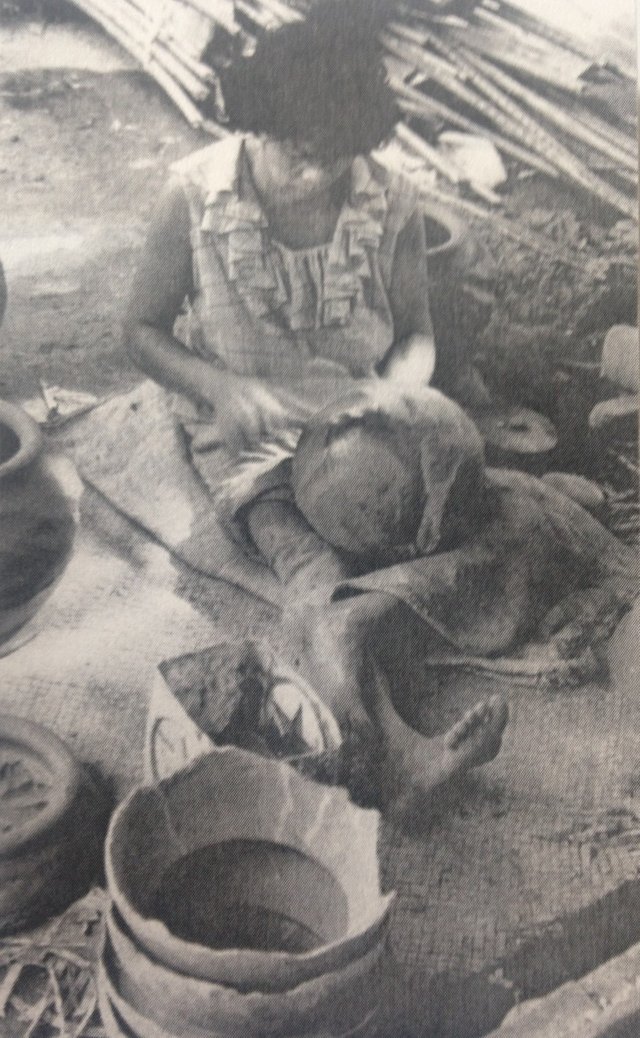
(From Schiffer 1987) Recycling cooking pots for reuse.
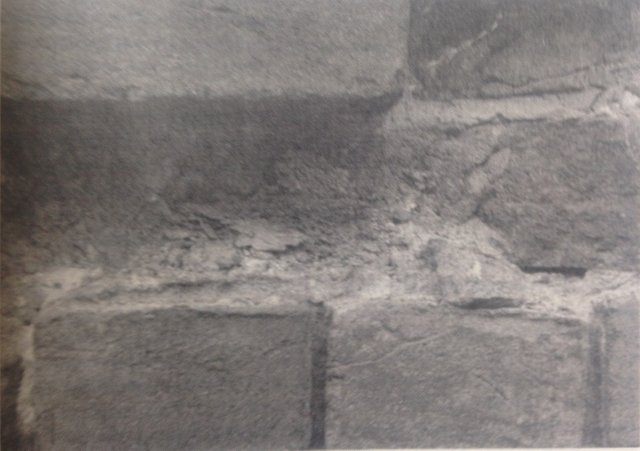
(From Schiffer 1987) The effect of freeze-thaw on bricks in Colorado
Here I will use two well-known archaeological excavations to demonstrate the large range of factors, both cultural and environmental, that create the archaeological record; the Tomb of Tutankhamun and the Uluburun Shipwreck.
The Uluburun shipwreck was a Bronze Age trading vessel that went down off the coast of modern day Turkey and was excavated by George Bass. This was a rare type deposition event, a cataclysmic event. This is an event in which deposition was sudden, unintentional, and represented a substantial loss. Since the deposition occurred in a water inundated environment which lacked oxygen, organic preservation was substantially better than at most sites. The earliest example of book with wax inlays, used for teaching was recovered, bolts of cloth, as well as some food products. Though due to worm activity the hull of the vessel was poorly preserved. Additionally, due to the sudden event of deposition it was possible to reconstruct how the cargo would have been arranged in the hold. The crew did not have time to retrieve personal items which allowed researcher to reconstruct where they were from as well as their professions, other than traders/sailors it is evident that one was a skilled bronzeworker that repairs and made tools.
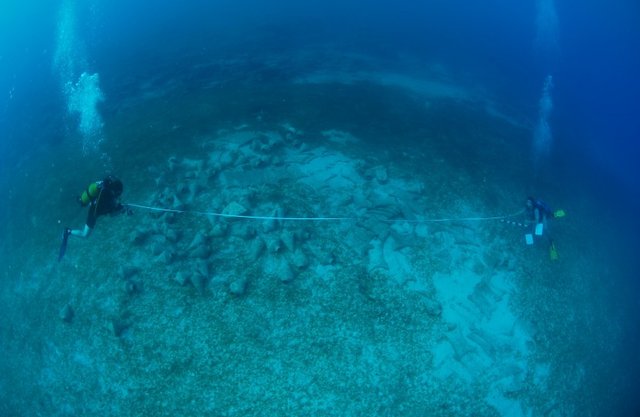
(from Bass 2006)
The Tomb of the Pharaoh Tutankhamun, excavated by Howard Carter and Lord Carnarvon, is in many way at the other end of the spectrum of variability that effects the archaeological record. The tomb is a mortuary deposit, which means that all the items left there were intentional. The cultural implication of this being, that in tombs, the items deposited were not left there by the deceased but are rather other person’s representation of the entombed. Environmentally, the area receives little to no precipitation which limited the amount of moisture that entered the tomb this allowed for excellent organic preservation. Example of textiles and leather footwear were recovered in excellent condition, though do to the excavators’ treatment of the objects they experienced degradation post-excavation.
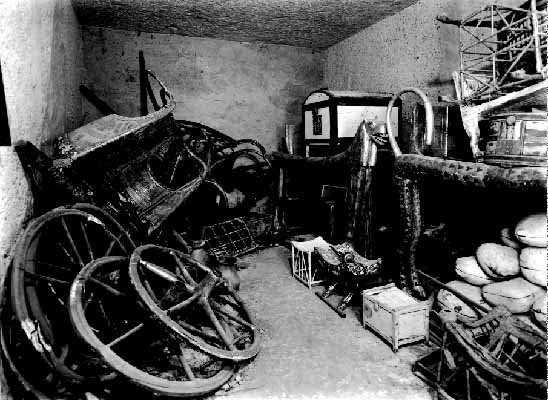
(from Reeves 1990)
Both sites illustrate the cultural and natural processes that can affect preservation in the archaeological record. The full range of each site, though, is much more immense than can be described here. I began this post discussing the need for multiple expertise on a site, hopefully this post can help illustrate the immense range of what a site can look like.
**If there are any topics within Archaeology that you would like discussed put them in the comments and I will do my best to create a post on it as soon as I can.
A note on the format: I am trying to write these in a way that is easily read and understood. Not all ideas and data presented in this or future posts are my own, nor am I attempting to pass them as such. I have not included any parenthetical citations or footnotes to improve the readability, however, the sources for any work I use that is not my own in origin will ALWAYS be listed at the end of every post, along with further readings. For that reason, if you ever wish for clarification of the source for an idea or data, I will gladly provide it.
The Pompeii Premise
Binford, Lewis R, 1981. Behavior Archaeology and the Pompeii Premise. Journal of Archaeological Research 37(3): 195-208.
Uluburun Shipwreck
Bass, George F, 2006. Bronze Age Shipwrecks in the Eastern Mediterranean. In: Unsal Yalcin The Ship of Uluburun. Bochem: Deutsches Bergbau-Museum. Pg. 1-5.
Pulak, Cemal, 2006. The Uluburun Shipwreck. In: Unsal Yalcin The Ship of Uluburun. Bochem: Deutsches Bergbau-Museum. Pg. 6-40.
Richards, Nathan, 2008. Ships Graveyards: Abandoned Watercraft and the Archaeological Site Formation Process. Gainesville: University Press of Florida.
Tutankhamun’s Tomb
Reeves, Nicholas, 1990. The Complete Tutankhamun. London: Thames and Hudson Ltd.
Bibliography
Schiffer, Michael B, 1987. Formation Process of the Archaeological Record. Albuquerque: University of New Mexico Press.
Tani, Masakazu, 1995. Beyond the Identification of Formation Processes: Behavioral Inference Based on Traces Left by Cultural Formation Processes. Journal of Archaeological Method and Theory. Vol. 2 no.3 pg. 231-252.
Further Reading
Clarke, David, 1971. Archaeology: The Loss of Innocence. Antiquity 47: 6-18.
Bar-Yosef, Ofer, 1993. Site Formation Processes from a Levantine Viewpoint. In: Paul Goldberg; David T. Nash; Michael D. Petraglia (ed.) Formation Processes in Archaeological Context. Madison, Wisconsin: Prehistory Press. Pg. 13-32.
Schiffer, Michael B, 1972. Archaeological Context and Systemic Context. American Antiquity 37(2): 156- 165.
Please write more on archeology :) i am looking forward to read more
I agree with @lemouthe. Very good topic! I will follow you.
I hope you will continue posting this kind of material. It is well-written and provides a lot of intriguing information and insight into a field I'd like to know more about. I'm both upvoting and following you. I hope you'll take a look at my blog and at my ongoing project Manifest Orders, as well.
Congratulations @andrew.power! You have received a personal award!
Click on the badge to view your own Board of Honor on SteemitBoard.
For more information about this award, click here
Congratulations @andrew.power! You have received a personal award!
Click on the badge to view your Board of Honor.
Do not miss the last post from @steemitboard:
Congratulations @andrew.power! You received a personal award!
You can view your badges on your Steem Board and compare to others on the Steem Ranking
Vote for @Steemitboard as a witness to get one more award and increased upvotes!